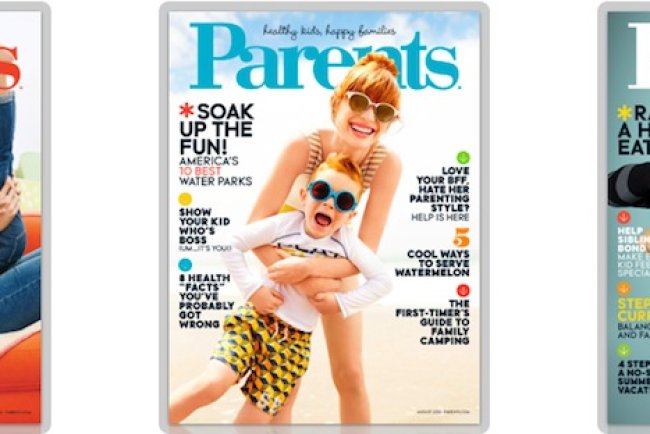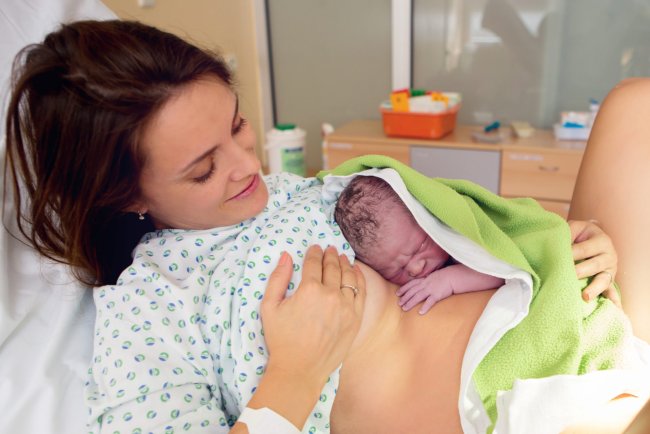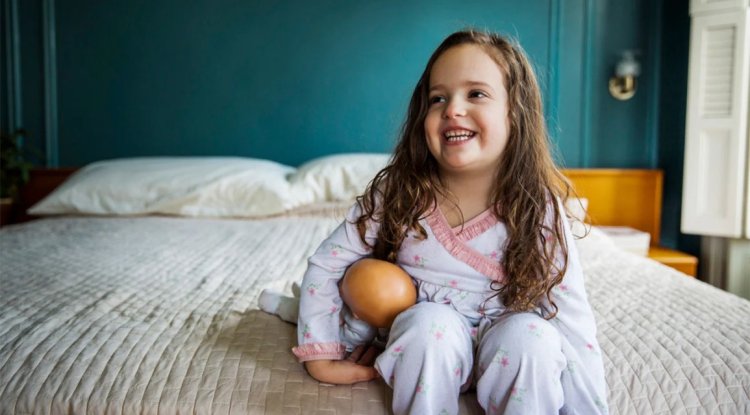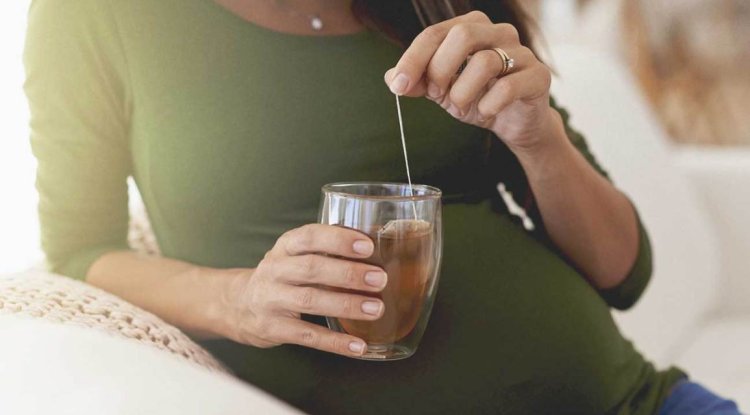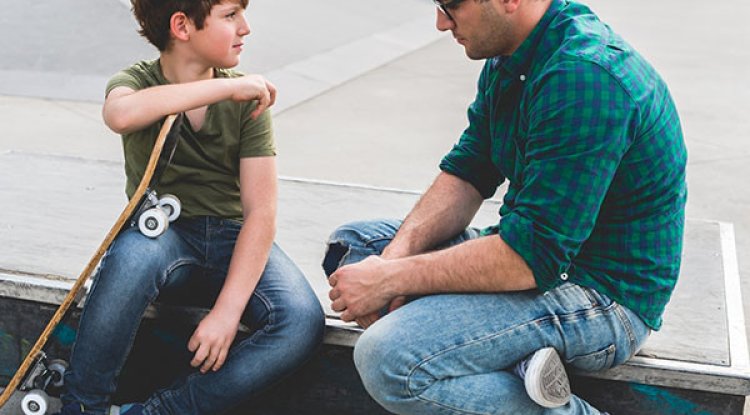In reality, what is in your baby's diaper?
You may be concerned about the products your kid consumes, such as organic purees, lotions without smell, and glass bottles, but have you ever given any thought to what is in the one item of clothing they wear every day?
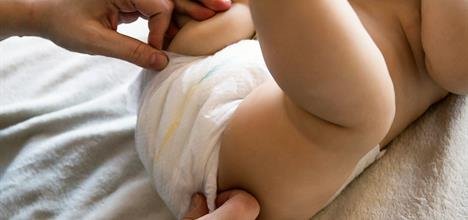
During those early years, your infant is in diapers virtually all the time. It is a significant amount of skin contact time. What are they composed of, then? It matters, much more than most of us initially think.
Here's a brief explanation of what goes into a diaper and the true meaning of terms like "clean," "eco-friendly," and "hypoallergenic."
The Diaper's Three Main Layers:
1. The outermost layer, or shell
What it does: Keeps clothing dry and leaks in.
Typically composed of: Petroleum-based plastics such as polyethylene or polypropylene.
Green-ish substitutes: Some companies utilize fibers derived from corn or bamboo, but be cautious—these are sometimes chemically treated and not as biodegradable as they appear.
2. The sponge's absorbent core
Its function is to draw moisture out and retain it.
The primary component is sodium polyacrylate (SAP), a gel-like material that has a 300x liquid absorption capacity.
Safe? Yes. SAP has undergone extensive testing and is regarded as secure.
Natural options: To cut down on plastic, some diapers combine SAP with cotton or wood pulp that is sourced responsibly.
3. The layer in contact with the skin, or inner liner
It keeps the baby's skin comfortable and dry.
Typically composed of: A soft polypropylene mesh, or occasionally plant-based substitutes.
Red flag: Although buzzwords like "hypoallergenic" seem fantastic, they are not necessarily really meaningful because they are not regulated.
Understanding Diaper Phrases: TCF vs. ECF
Completely Chlorine-Free, or TCF: Eliminating chlorine compounds makes the environment and the baby safer.
Chlorine dioxide is used in ECF (Elemental Chlorine-Free). Not completely clean, but better than pure chlorine.
Unscented vs. Fragrance-Free:
Fragrance-Free: No additional fragrance is present. ideal for skin that is sensitive.
Unscented: May still include compounds known as masking agents. Tricky!
The Real Story of Biodegradable Diapers
Who would not want a diaper that they can use guilt-free? "Compostable" sounds fantastic. Here's the harsh reality, though:
Poop cannot be composted at home. Human waste is not allowed in the majority of municipal composting programs.
Most of these diapers need to be composted in an industrial setting, which is uncommon.
Partial compostability: Even the greenest manufacturers often only compost a portion of the diaper, never the entire thing.
In summary, "compostable" does not mean that it will vanish from your lawn in 30 days. It is more intricate than the name suggests.
My top choice is coterie diapers.
My top pick is Coterie, which I tested (and survived) while diapering two children in the untamed west. This is the reason:
No BS Ingredients: No scent, no parabens, no lotions, no dyes.
TCF Wood Pulp: Better for the environment and the baby.
Plant-Based Materials: Renewable materials make up 25% of their diapers.
Performance? Next level: Almost no diaper rash, improved absorbency, and fewer blowouts. This helps safeguard sleep, which is precious.
What's Your Reaction?







